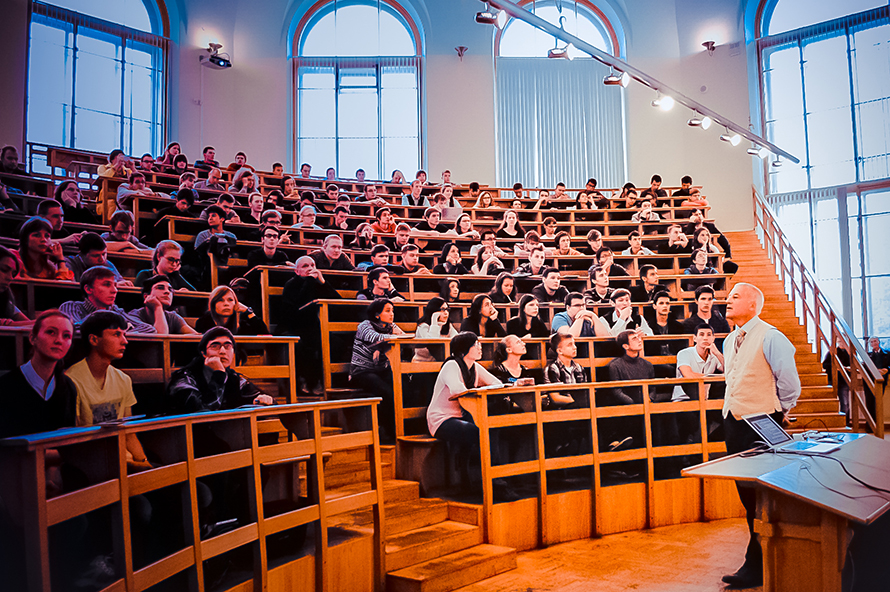News agency RIA has published 2015 popularity ratings for Russian universities and undergraduate programs they provide.
Domestic and some foreign students can be admitted to Russian universities based on their Uniform State Examination, or USE, scores (read more here). The higher one’s score is, the better are her chances of getting a state-funded spot at a state university.
In previous years, graduates with high USE scores mostly applied to medical schools. The situation changed in 2015 as technical institutions took the lead. It is partially due to the fact that their graduates are most employable and the majority find jobs relatively quickly.
Many of the A-grade students in 2015 applied to MGIMO, HSE, NRNU MEPhI, MIPT, ITMO, Moscow State, Bauman Moscow State Technical, Saint-Petersburg State and Samara universities. Often applicants prefer bigger institutions, since they tend to provide broader opportunities.
In line with this principle, prospective students opted for classical and technical universities, such as Kazan Federal, SFU, Urals Federal, Tomsk State, SUSU, Moscow State, St. Petersburg State, FEFU, Peter the Great St. Petersburg Polytechnic. Multidisciplinary universities also have a high ‘throughput’ - for instance, a total of 8,000 students were awarded state-sponsored spots at SFU and UFU in 2015.
Average selectivity in Russian universities was around 11%. Competition for state universities, however, was much higher than for private ones.
Besides Medicine and Engineering, other popular programs included Foreign Languages, International Relations, Economics, Aviation and Rocketry. Applicants were least interested in Agriculture, Water Transportation and Mining.
Education programs were most varied in Social Sciences and Humanities. Higher School of Economics, the leader in this area, accepted over 3,000 applicants to state-funded places in 2015. However, their employability prospects aren’t too bright as only 30% of graduates find jobs that correspond to their education. Employers are more interested in young graduates of Engineering or Medicine programs.
Interestingly, passing grades for fee-based programs in popular fields are higher than for tuition-free courses in less-sought after disciplines. This shows that students are prepared to pay for more coveted professions that should provide stable income in the future.



























































